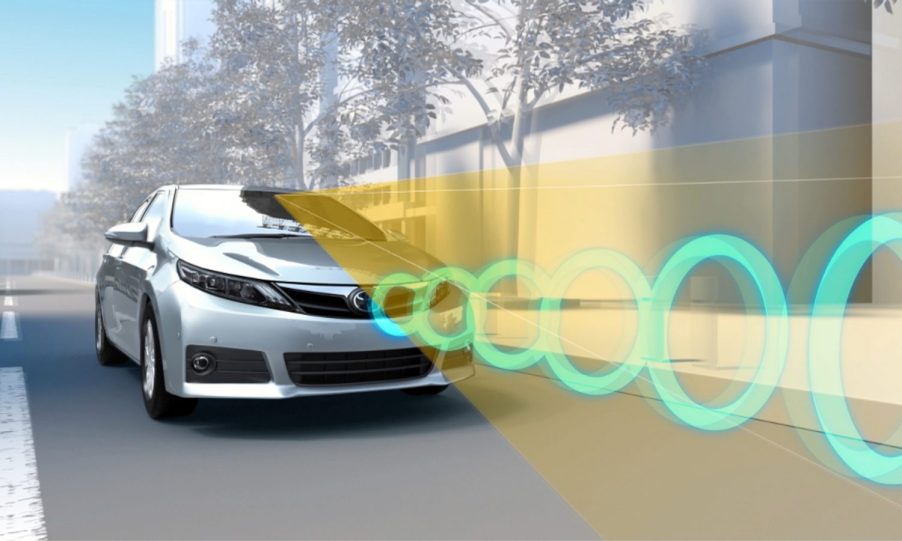
Driver Safety: What’s the Difference Between Toyota Safety Sense and Honda Sensing?
Every manufacturer now has some sort of branded driver’s safety aid software. For Honda and Toyota, these systems are now an integrated part of their vehicles safety, just like seatbelts or airbags. These are different than General Motors’ Super Cruise, which is a hands-free driving system. Instead, these assistance features intervene to help you avoid a crash.
But, in the hyper-competitive world of advanced driver assistance systems, or ADAS, what’s the difference between the popular Honda Sensing system and the Toyota Safety Sense?
What is an ADAS system?
Most cars, trucks and SUV you can buy today are packed with cameras, radar, LiDAR or other sensors to figure out what’s around you. Every manufacturer calls ADAS something different. Vehicles use these to find lane markers on roads, to read signs, and to make sure there’s nobody in your blind spot. They’re all advanced driver assistance systems, or ADAS, and they work to help you become a safer driver. Sometimes, they will beep at you or give your steering wheel to gently nudge you back into your lane, literally.
Most companies offer some sort of system, though not all work the same or offer the same features. Both Toyota Safety Sense and Honda Sensing offer these features. The biggest difference is that Toyota uses both a camera and radar, while Honda uses a sophisticated camera. These systems are the precursors to self-driving cars, according to Popular Mechanics.
What is Toyota Safety Sense?

Toyota Safety Sense uses both a camera and a radar system to find, for example, people, other cars or bicyclists. The system provides pre-collision warning, dynamic radar cruise control, lane departure alert, automatic high beam assistance, lane tracing assist, road sign assist, and something called Proactive Driving Assist. The Proactive Driving Assist can gently tap the brakes if you’re going into a curve too fast, or even help add some steering support to help you avoid other vehicles or pedestrians.
What is Honda Sensing?
Honda first launched its Honda Sensing on the 2015 Honda CR-V. Today, the Honda Sensing suite of technologies includes Collision Mitigation Braking System (CMBS) with Forward Collision Warning (FCW); Road Departure Mitigation (RDM) with Lane Departure Warning (LDW); Lane Keeping Assist System (LKAS); and Adaptive Cruise Control (ACC) with Low-Speed Follow (LSF). Some newer Honda models also include Traffic Jam Assist (TJA), Traffic Sign Recognition (TSR), and a driver attention monitor.
Honda’s newest system uses a single camera and can identify pedestrians, bicycles, and other cars. You can also customize many of the features, such as the road departure system that can be turned on to assist to turn the steering wheel, nudge the steering wheel, or simply give you a ding. The Traffic Sign Recognition feature can recognize speed limit signs and display that info in the instrument cluster.
Which vehicles offer Toyota Safety Sense?

Most Toyota vehicles get Toyota Safety Sense. Overall, these 13 offer it standard:
4Runner
Avalon & Avalon Hybrid
C-HR
Camry & Camry Hybrid
Corolla, Corolla Hatchback, & Corolla Hybrid
Highlander & Highlander Hybrid
Land Cruiser
Toyota Prius & Prius Prime
RAV4 & RAV4 Hybrid
Sequoia
Sienna
Tacoma
Tundra
Which vehicles offer Honda Sensing?

Most Honda vehicles, too, come with Honda Sensing. Overall, nine of the brand’s vehicle come with it, including:
HR-V
CR-V
Passport
Pilot
Ridgeline
Odyssey
Civic Insight
Accord


